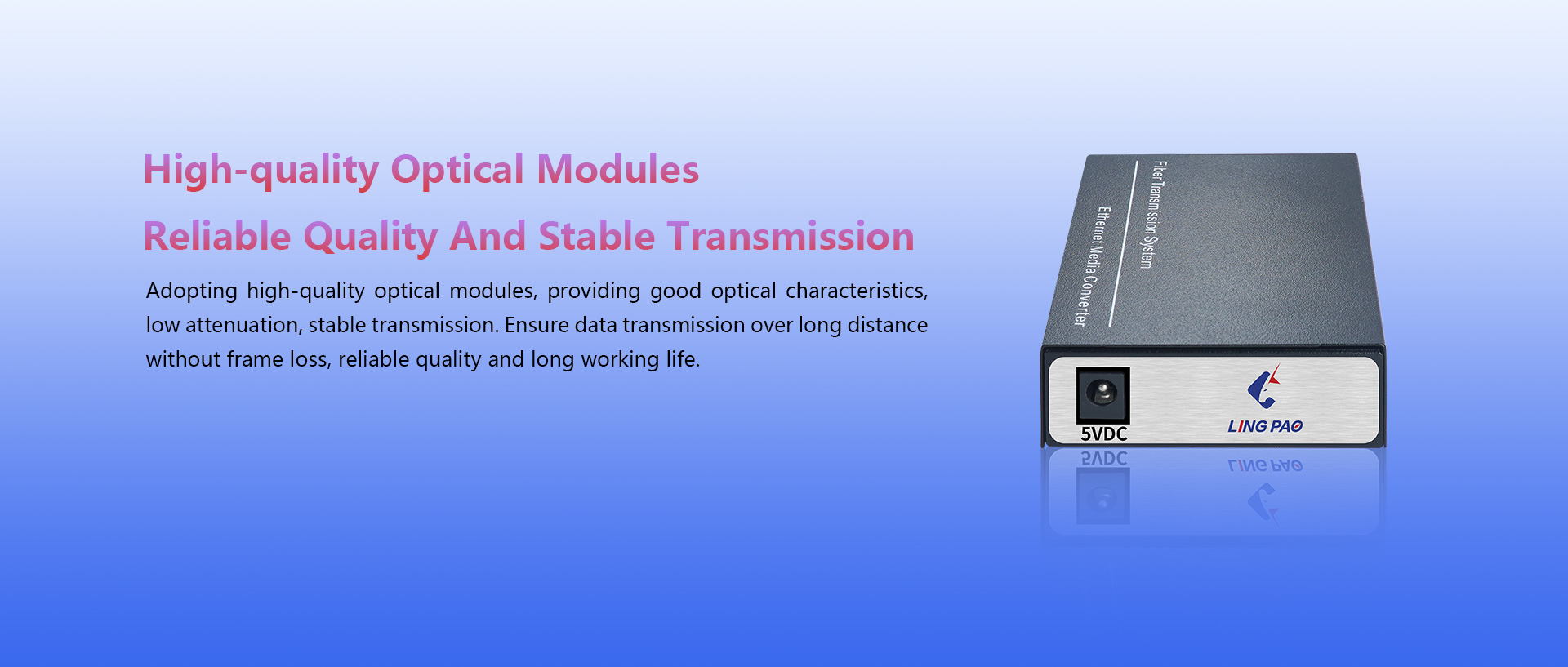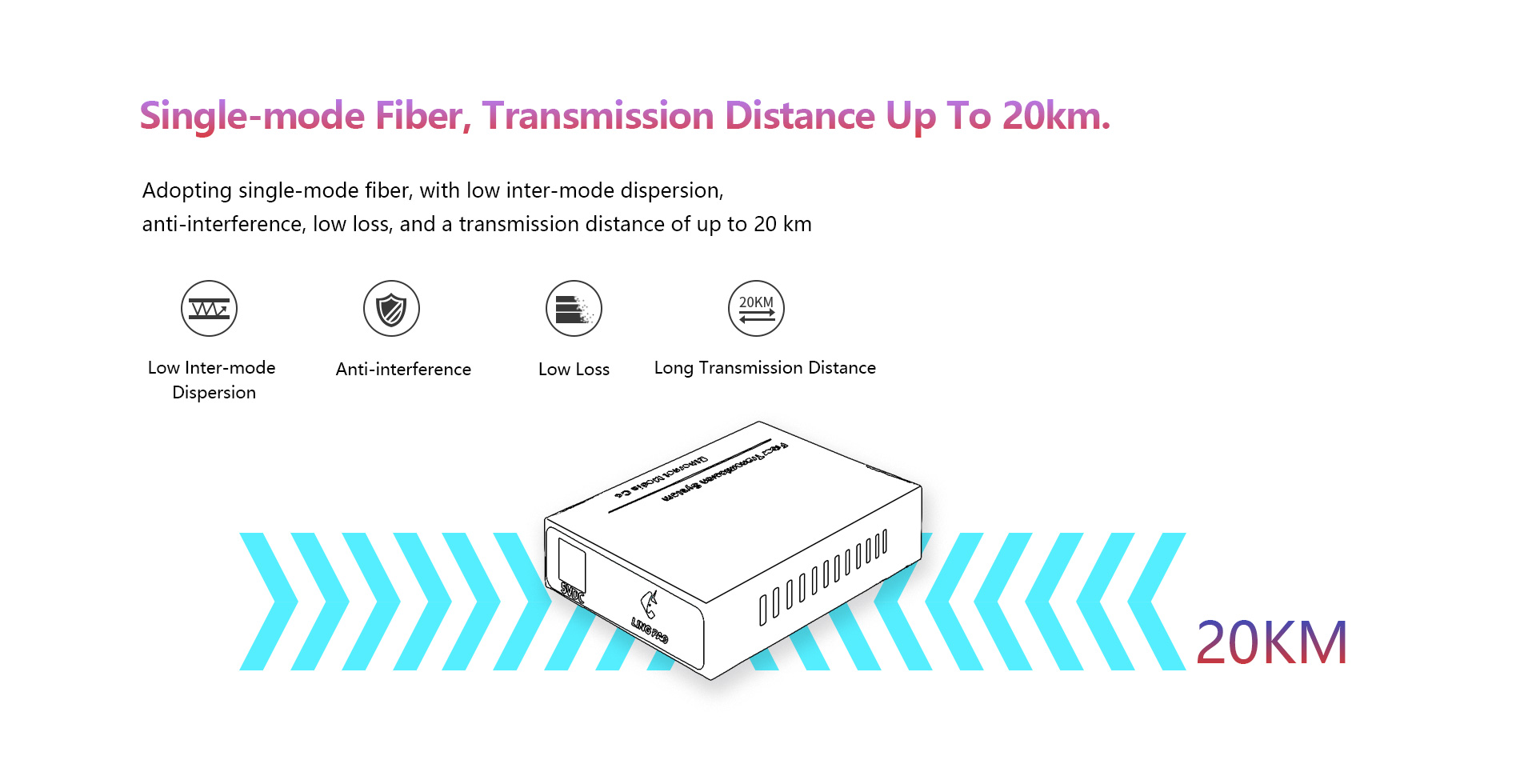Fiber optic transceivers are essential components in modern networking systems, allowing for the conversion of electrical signals to optical signals for data transmission over fiber optic cables. While fiber optic transceivers are generally reliable and efficient, there are potential issues that may arise during their use. In this article, we will explore some of the common problems with fiber optic transceivers and how to troubleshoot them.
Connection Issues
The first issue that may occur with fiber optic transceivers is connection problems. These can manifest in various ways, from no connection at all to intermittent connections or poor signal quality. The first step in troubleshooting connection issues is to check all physical connections. Ensure that the transceiver is properly inserted into the device and securely connected to the fiber optic cable. If the connections appear to be in good condition, then the problem may lie with the compatibility of the transceiver with the device or the type of fiber optic cable being used. It is important to confirm that the transceiver is compatible with both the device and the fiber optic cable being used.
Faulty Transceiver
Another common issue with fiber optic transceivers is their failure due to manufacturing defects or external factors. If a transceiver has not been damaged, but it is not functioning correctly, it is possible that the transceiver is faulty. To troubleshoot this issue, it is advisable to replace the transceiver with a known working one and see if the problem is resolved. It is also important to note that some transceivers have a limited lifetime and may simply need to be replaced if they have reached the end of their lifespan.
Dirty Connections
Dirt, dust, and other debris can accumulate on the connections of a fiber optic transceiver and cause disruptions or failures in data transmission. It is essential to regularly clean the connections to maintain proper functionality. When cleaning transceiver connections, it is important to use proper cleaning tools and techniques recommended by the manufacturer. For example, using harsh solvents or rough materials can damage the transceiver and lead to further problems.
Overheating
Fiber optic transceivers generate heat during operation, and if the surrounding temperature is too high, it can cause overheating and impact its performance. To prevent overheating, ensure that the transceiver is placed in a well-ventilated area and there is proper airflow around it. If the transceiver feels hot to the touch, it is advisable to turn it off and allow it to cool down before using it again.
Incorrect Configuration
Incorrect configuration of the transceiver or the device it is connected to can also lead to issues with data transmission. It is important to ensure that the device and the transceiver are configured correctly and are compatible with each other. If the device has multiple ports for transceivers, it is important to check if the correct port is being used and if it is properly configured for use with the transceiver.
Signal Loss
In some cases, there may be a signal loss in the fiber optic transceiver, causing poor signal quality and data transmission errors. This can be caused by factors such as damaged cables, loose connections, or high attenuation. If the issue is not with the cables or connections, it is possible that the transceiver is not powerful enough to transmit signals over the longer distances of the fiber optic cable being used. In this case, it may be necessary to upgrade to a stronger transceiver or reduce the distance between devices.
Compatibility Issues
Compatibility issues can occur when using fiber optic transceivers from different manufacturers or using different network protocols. It is important to ensure that all components, including transceivers, are compatible to avoid issues with data transmission. If there are compatibility issues, it may be necessary to replace the transceiver with one that is compatible or use a media converter to bridge the different protocols.
In conclusion, fiber optic transceivers are crucial components in modern networking systems, and their proper functionality is essential for efficient data transmission. While some issues may arise with their use, many can be easily troubleshooted by ensuring proper connections, regularly cleaning the transceiver, and using compatible components. In cases where the issue cannot be resolved, it may be necessary to replace the transceiver or seek assistance from a professional. Keeping these common issues and troubleshooting techniques in mind can help to maintain the optimal performance of fiber optic transceivers.

Exploring the Different Types of Fiber Optic Transceivers: Single-mode vs. Multi-mode
Fiber optic transceivers are essential components in optical communication networks, responsible for transmitting and receiving data in the form of light signals. They act as the interface between the optical fiber and the electronic components, converting electrical signals into optical signals for transmission and vice versa. They come in different types, each designed for specific purposes and applications. In this article, we will explore the two main types of fiber optic transceivers: single-mode and multi-mode and discuss their differences, pros and cons, and common uses.
Single-mode fiber optic transceivers (SMF)
Single-mode fiber optic transceivers, also known as monomode transceivers, are designed for use with single-mode fiber (SMF). They have a smaller core diameter (typically 9/125 microns) compared to multi-mode fibers, allowing them to transmit a single mode of light with a small beam width, resulting in a higher signal bandwidth and longer transmission distance. The light signals travel in a straight line, reducing distortion and allowing for higher data transfer rates.
Pros:
- Better bandwidth: As mentioned earlier, due to the smaller core diameter, single-mode fiber optic transceivers can achieve higher bandwidths, up to 10 Gbit/s and even 100 Gbit/s for long-distance transmissions.
- Longer transmission distance: The single-mode transmission method allows for longer transmission distances, up to 100 kilometers without the need for signal repeaters.
- Low attenuation: Single-mode fibers have lower attenuation (signal loss) compared to multi-mode fibers, making them ideal for long-distance transmissions.
- Immune to electromagnetic interference: Single-mode fibers transmit light signals, making them unaffected by electromagnetic interference (EMI) that can cause disruptions in data transmission.
Cons:
- Higher cost: Single-mode fiber optic transceivers are more expensive compared to multi-mode transceivers due to their precision manufacturing process and smaller core diameter.
- Limited flexibility: Due to the smaller core diameter, single-mode fibers are more sensitive to bending, which can cause signal loss. This limits their flexibility in installation, and they require specialized connectors.
- Complicated installations: Due to the need for precise alignment and smaller core diameter, single-mode fiber optic transceivers require skilled technicians to install and maintain, adding to the overall cost of the network.
Common uses:
- Long-distance communication: Due to their high bandwidth and low attenuation, single-mode fibers are commonly used for long-distance communication, such as in telecommunication networks, undersea cables, and broadcasting signals.
- High bandwidth applications: Single-mode fibers are also suitable for high bandwidth applications, such as data centers, cloud computing, and video conferencing, where a large amount of data needs to be transmitted over long distances.
- Military and aerospace: These transceivers are also used in military and aerospace applications due to their immunity to EMI and high data transfer rates.
Multi-mode fiber optic transceivers (MMF)
Multi-mode fiber optic transceivers, as the name suggests, are designed for use with multi-mode fibers. These fibers have a larger core diameter (typically 50 or 62.5 microns) that allows for the transmission of multiple modes (or rays) of light, resulting in a wider beam width and lower bandwidth compared to single-mode fibers. However, their larger core diameter makes them less suitable for long-distance transmissions.
Pros:
- Lower cost: Multi-mode fiber optic transceivers are less expensive compared to single-mode transceivers due to their larger core diameter and simpler manufacturing process.
- Easy installation: Multi-mode fibers are more flexible and easier to install due to their larger core diameter, making them ideal for in-building installations.
- Easy coupling to light sources: The wider beam width of multi-mode fibers makes it easier to couple light sources compared to single-mode fibers, reducing the need for precise alignment.
Cons:
- Limited bandwidth: Due to the wider beam width and larger core diameter, multi-mode fibers have lower bandwidth capabilities compared to single-mode fibers.
- Shorter transmission distance: The transmission distance of multi-mode fibers is limited due to higher attenuation compared to single-mode fibers.
- Subject to modal dispersion: Multi-mode fibers are more prone to modal dispersion, where the different modes of light travel at different speeds and arrive at different times, causing signal distortion.
Common uses:
- Short distance transmission: Multi-mode fibers are commonly used for short-distance transmission, such as in Local Area Networks (LANs), campus networks, and data centers.
- Lower bandwidth applications: These transceivers are also suitable for lower bandwidth applications, such as audio and video transmission and home networking.
- LAN and MAN networks: Multi-mode fibers are commonly used in building and campus networks for their easy installation and cost-effectiveness.
- Conclusion
- In summary, single-mode and multi-mode fiber optic transceivers are two main types of transceivers designed for different types of fiber optic cables. Single-mode transceivers offer high bandwidth and longer transmission distances, making them ideal for long-distance communication, while multi-mode transceivers are suitable for short distances and lower bandwidth applications. When choosing between these two types, it is essential to consider factors such as bandwidth requirements, transmission distance, and installation costs. Ultimately, both single-mode and multi-mode transceivers play vital roles in building efficient and reliable optical communication networks.

